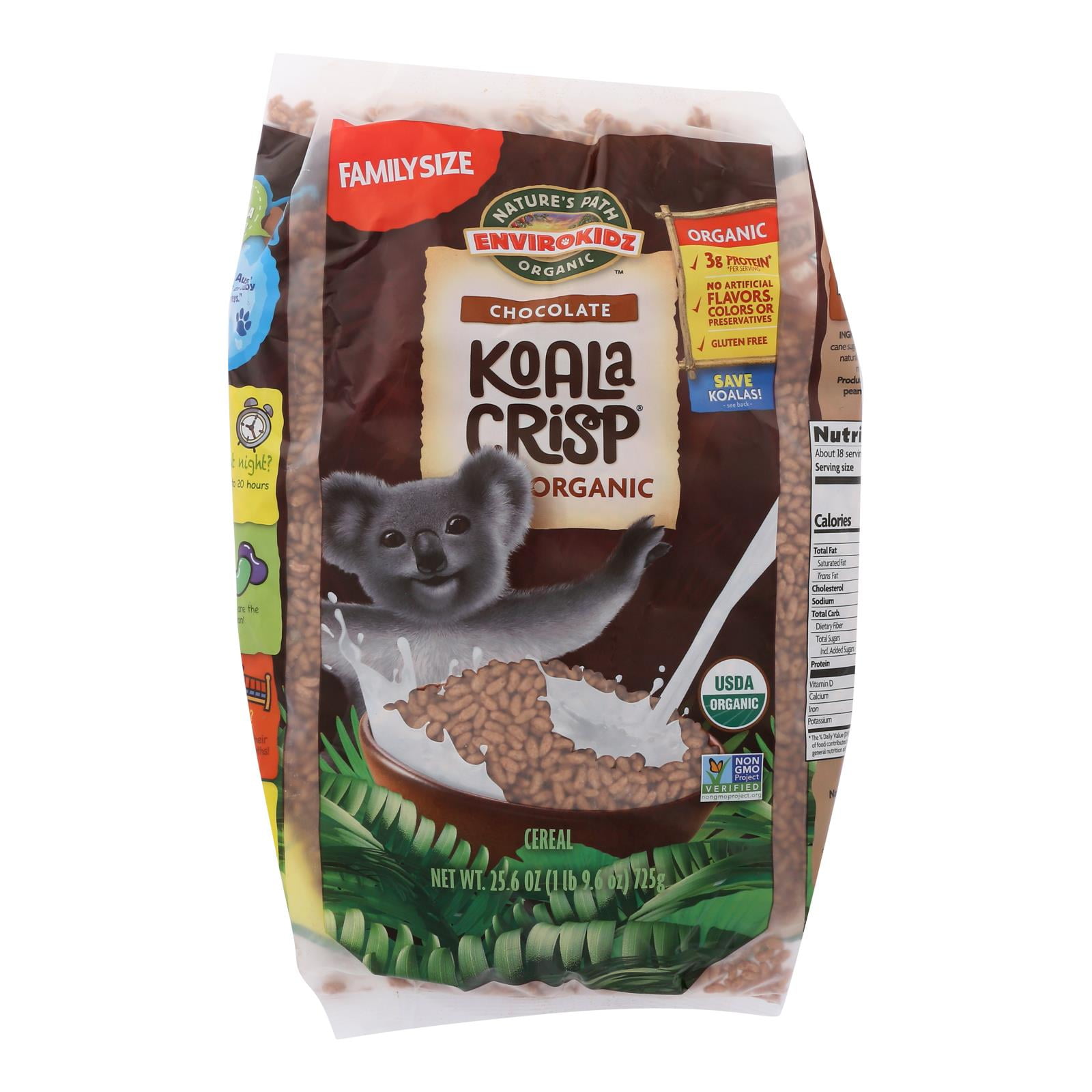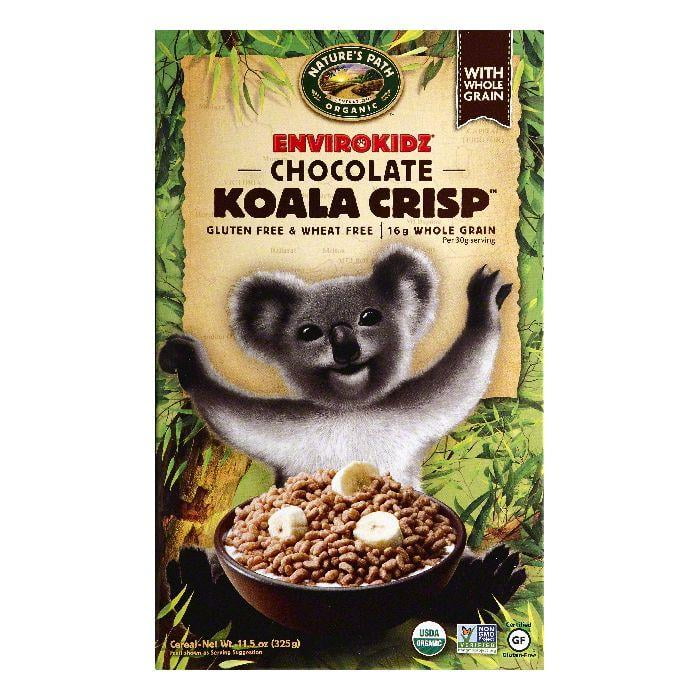
& Tex Mex history & cuisine (resource material) What's for Breakfast?, food around the world for grades 3-5įrom a German-American cookbook, 1894, German-American food traditions, German I-IV more resources Food for the Ancestors,įamily Food Favorites, Indiana Historical Society, adaptable for all grades Gardens, home front survival lessons for middle & high school studentsġ943- Rationing in the UK, interactive lesson from the BBCĪround the world, primary grades. Victory!, National Archives and Records Administration Watermelons, Nebraska frontier foods, middle schoolġ915-Australians at Gallipoli ate hardtack & bully beef,Īmmunition-don't waste it, National Park Service, grades 6-12 Williamsburg, curriculum for elementary and middle schoolĬolonial Recipe, New Jersey Historical Society, elementary gradesīiscuit, diet of the Royal Navy, elementary grades Rice Was King, South Carolina history lesson from the National Park Service

Indiana University, interactive high school lessonįood Makes Me Sick!, lessons inspired by It's Disgusting and We Ate It, University of Illinois Extension, grades 3-8 Dietary Recommendations Where did our food Historic curriculum New World foods (lists & resources)Īmerican school lunches (resource material)Īg in the Classroom, multidisciplinary lesson plans for grades 4-6. freshness dating ("best if used by" &c.).In human care, koalas can live up to 20 years.Food Timeline-food history lesson plans Food Timeline.įood history lesson plans.

Their lifespan in the wild averages 12 to 15 years. Males are 50 percent larger than females. Koalas grow 2 to 3 feet long and weigh 10 to 25 pounds. DietĪ koala’s diet consists almost entirely of eucalyptus leaves. They live in fragmented eucalyptus forests on the eastern and southern coasts and inland areas of Queensland, New South Wales, Victoria, and South Australia. Over-browsed forests, brushfires, drought, infection, disease, urban encroachment, and even motorists threaten the koala population. Listed as vulnerable by the International Union for Conservation of Nature (IUCN), the koala population still faces obstacles that are diminishing their numbers. Thankfully, in the late 1920s, the Australian government instated a nationwide ban on the killing of these docile marsupials. Today, habitat fragmentation and loss due to logging, brushfires, and drought resulting from climate change are the greatest threats.Īt one time, koalas faced the threat of extinction by fur hunters. In the late 1920s the Australian government enacted a nationwide ban on hunting of these iconic marsupials for their fur. Due to this toxic, low-nutrient diet, they sleep between 18 and 20 hours a day to conserve energy. They consume 1 to 2 pounds a day, picking out young leaves and shoots. Of the 700 species of eucalyptus found in Australia, koalas eat the leaves of fewer than thirty. Koalas come to ground only to move between trees.

#Koala krisp portable#
A thick pad of fur on their hind ends acts as a portable cushion for sitting comfortably in branches. Powerful legs and sharp claws are used for climbing trees. Adult koalas are largely solitary but do have overlapping ranges. At about six months of age, a joey begins emerging from the pouch to ride on its mother’s back. Pap provides the youngster with the digestive bacteria needed to tolerate a diet of eucalyptus leaves, which are toxic for most other mammals. In the pouch the joey attaches to a teat to nurse and continues developing for the next six months.Ī joey’s first solid food is poop called “pap,” a specialized form of the mother’s feces that is soft and runny. Hairless and blind, a joey uses its sense of smell and strong front legs with claws to climb up its mother’s fur into her downward-facing pouch. A koala baby, called a joey, is born after about 35 days. After a very short gestation, marsupials give birth to embryonic or premature babies that are roughly the size of a jellybean. The koala is a marsupial, as are kangaroos, opossums, and their closest relatives, the wombats.


 0 kommentar(er)
0 kommentar(er)
